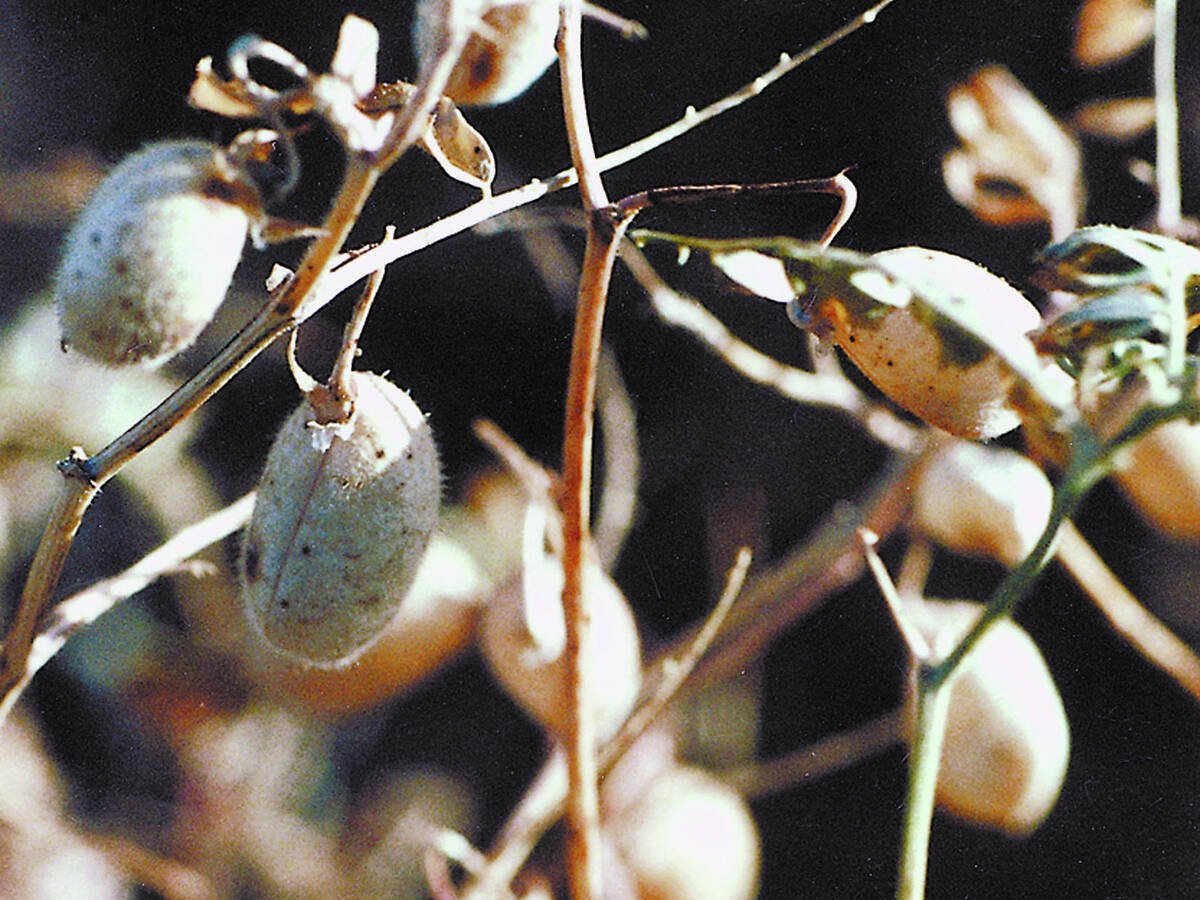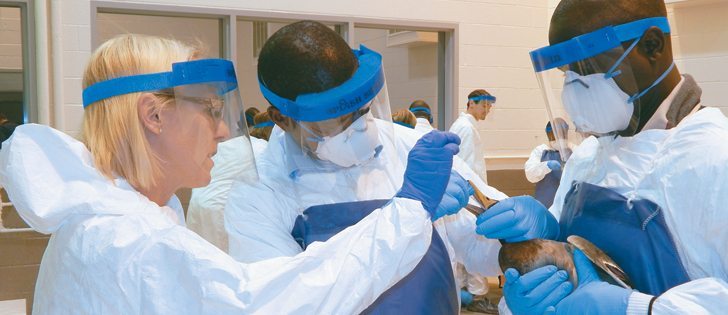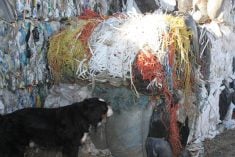The nanobiosensor is designed to speed results so outbreaks can be quickly contained
An innovation at the University of Guelph could help the poultry industry react more quickly to costly avian influenzas.
Suresh Neethirajan is still testing his nanobiosensor, but he said the portable device can quickly determine what type of virus is present, which significantly reduces the lag that occurs as producers and officials wait for laboratory results.
Poultry flocks are regularly affected by avian influenzas, but it’s the highly pathogenic outbreaks that demand the greatest reaction.
“If it’s a low pathogen or high pathogen, then the decision has to be made very quick and rapidly,” said Neethirajan, an engineering professor with an interest in “nanoscale science and engineering for biological and agricultural systems.”
Read Also

Chickpea harvest forecasts see big disparity
Chuck Penner is forecasting 345,000 tonnes of chickpeas but a trader thinks the real number is closer to 500,000 tonnes.
In the most severe cases, such as the recent H5N2 avian influenza outbreaks in British Columbia, Ontario and the United States, affected farms are quarantined, transportation restricted and strict biosecurity measures enforced to control the spread of the virus.
The H5N2 virus is noted for its high mortality rate.
It currently takes a laboratory several hours to confirm the pathogenic strain and then several days to confirm the subtype, said Neethirajan.
“Sometimes they are overwhelmed with the requests from multiple farms, so the tool we have developed could possibly be used as a surveillance tool … by pre-screening in the farm itself before the sample could be sent to the lab if they want double confirmation,” he said.
“It will ease the workload of the animal health laboratories and also the labs such as the Canadian Food Inspection Agency that are being run to diagnose and characterize the samples.”
Neethirajan’s test uses a blood sample, which he said could be administered by a producer screening for a low pathogenic flu.
The device uses microscopic particles to produce a colour change in the sample, which determines if the avian influenza is present. A second test can determine strain information.
“It’s instant. You’d be able to discriminate, classify and understand the strain level,” he said.
Neethirajan said the test, which has been in development for two and a half years, can detect H5N1 and H1N1 viruses but could be modified to detect the H5N2 virus that first appeared in North America late last year.
Further validation is needed before it can be commercialized, he added.
“The tool has the unique advantage of meeting the needs of the farmers, but also the high pathogenic rapid screening need of the government-related veterinarians and safety inspectors,” he said.
Contact dan.yates@producer.com















